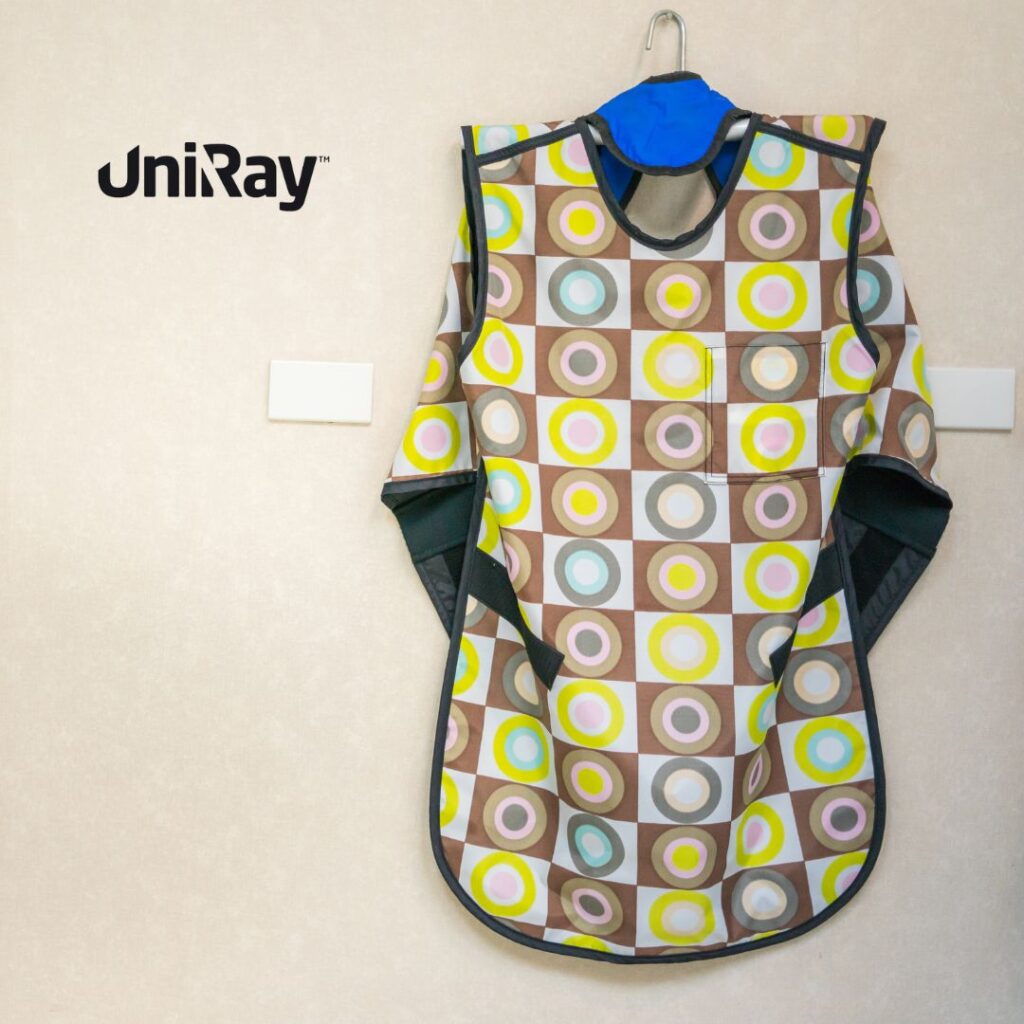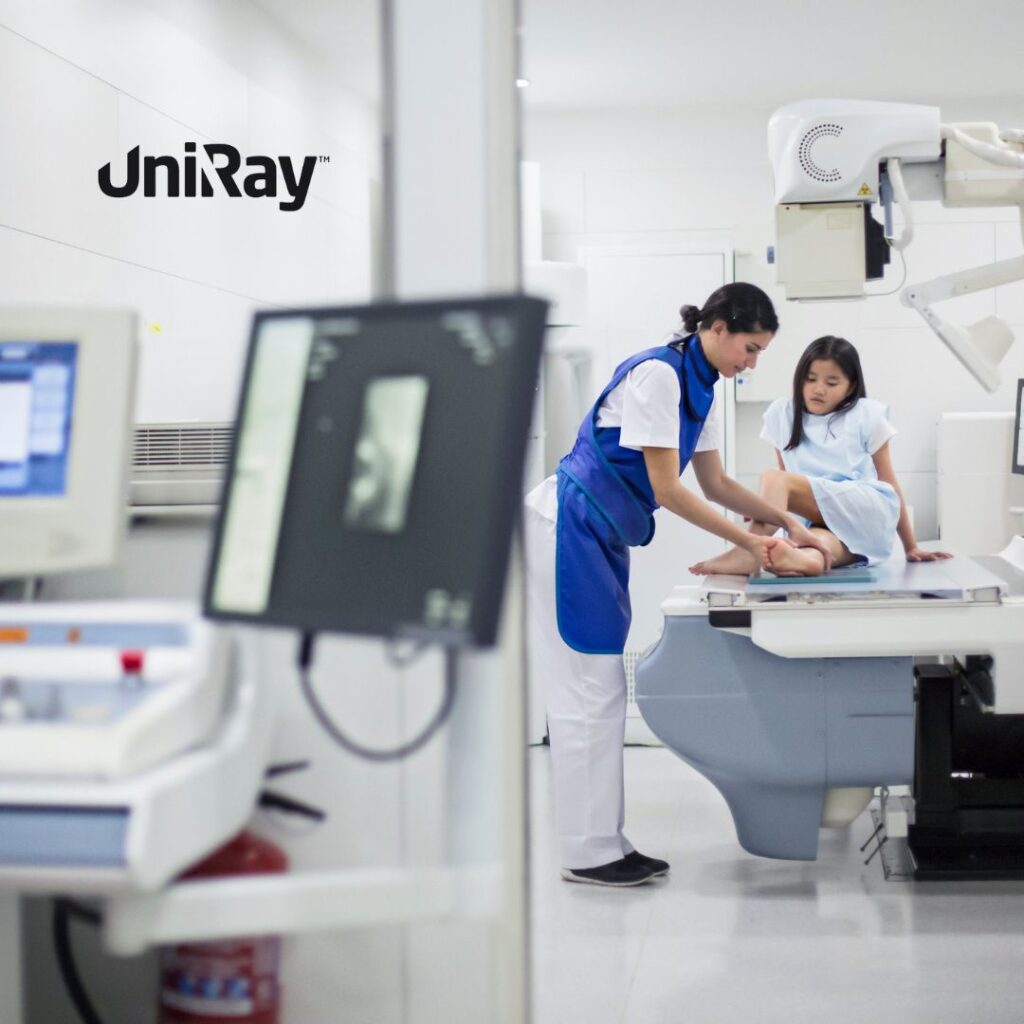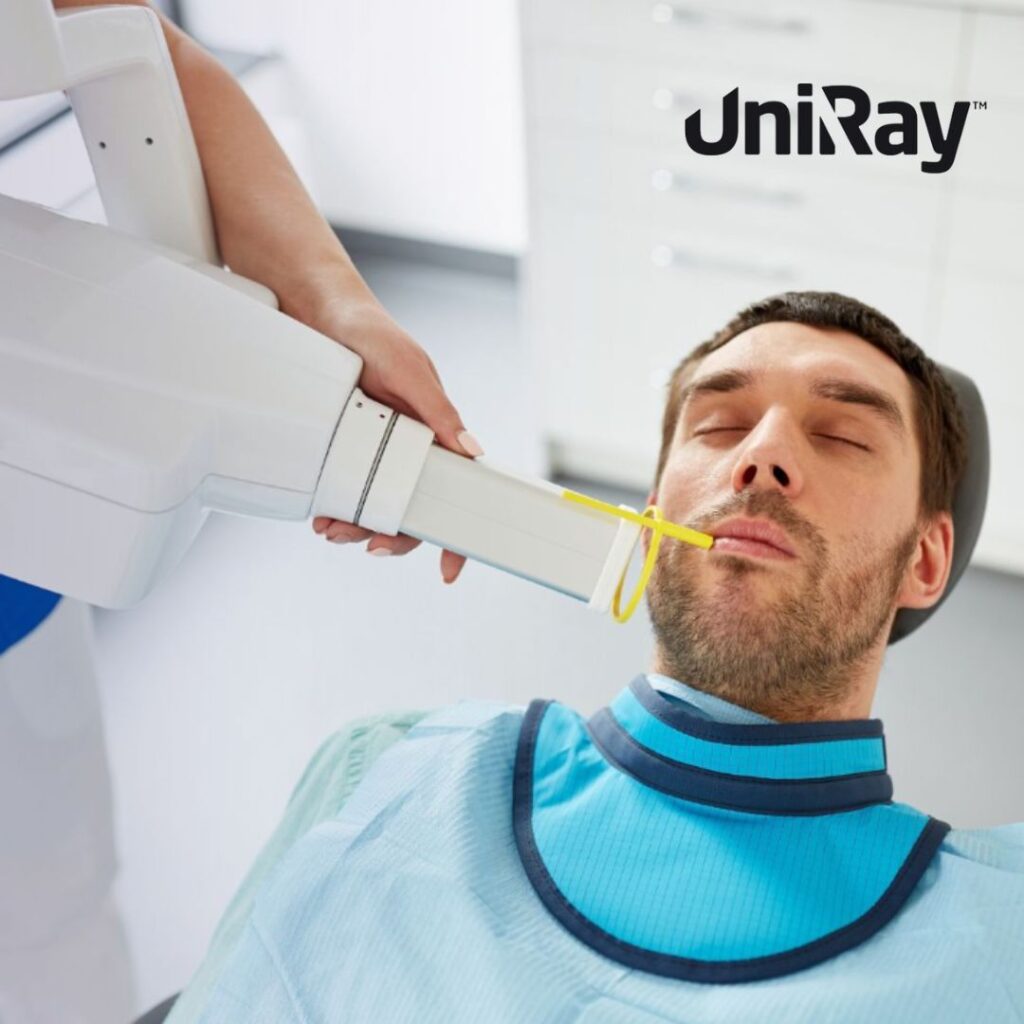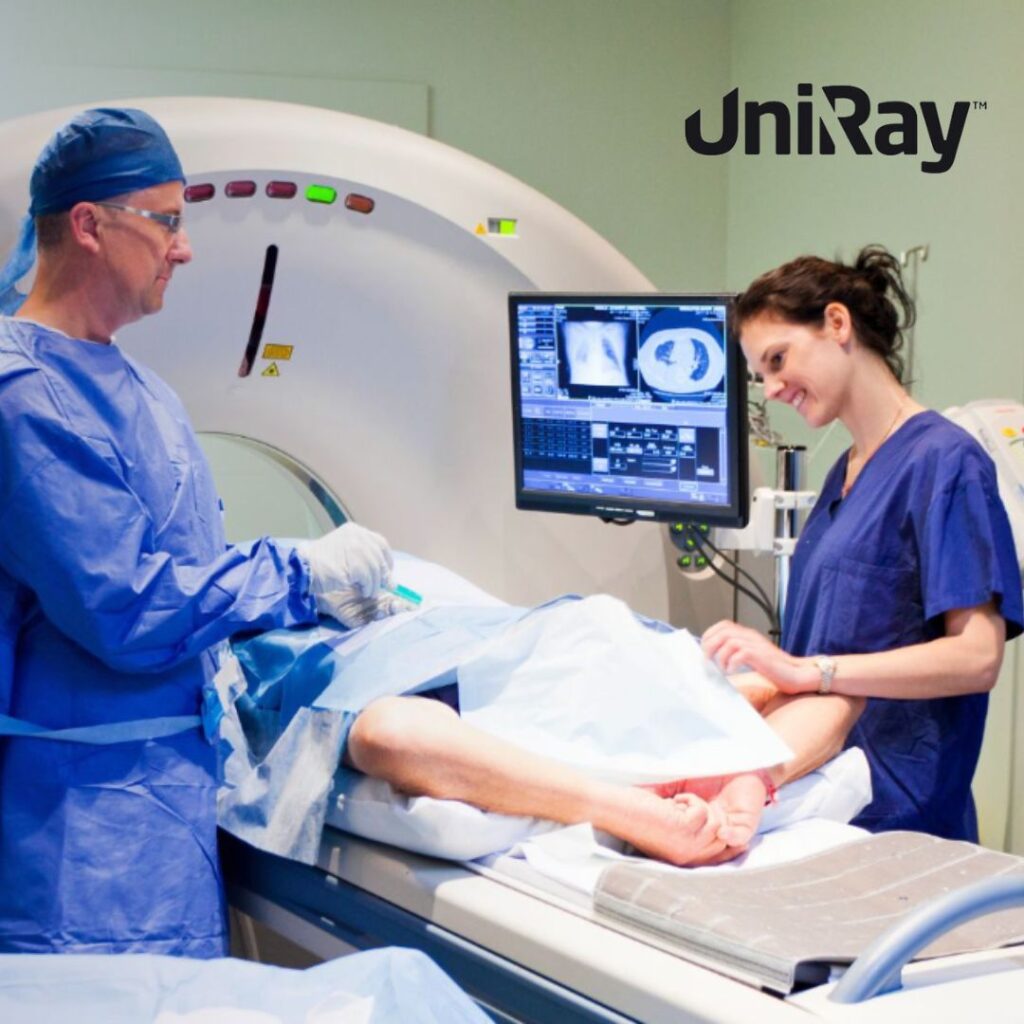Understanding the Definition and Meaning of a Lead Apron

A lead apron is a protective garment made from lead or lead-equivalent materials designed to shield the human body from harmful radiation. These aprons are commonly used in medical imaging procedures, such as X-rays and CT scans, where exposure to ionizing radiation is a concern. The definition of a lead apron revolves around its purpose of reducing radiation risks to vital organs, ensuring the safety of both patients and healthcare professionals. By creating a physical barrier, lead aprons play a critical role in minimizing radiation exposure, especially to areas like the chest, abdomen, and reproductive organs.
The meaning of a lead apron extends beyond just protection; it symbolizes a commitment to health and safety standards in medical practices. These aprons are indispensable in radiology departments, dental clinics, and other healthcare settings where radiation is utilized for diagnostic and therapeutic purposes. Understanding their importance begins with recognizing their role in safeguarding against the long-term effects of radiation, such as cancer and tissue damage.
The Role of Lead Aprons in Radiology: Why Protection Matters
Radiology procedures often involve exposure to ionizing radiation, which can pose serious health risks if not properly managed. Radiology lead aprons are specifically designed to reduce these risks by attenuating radiation and preventing it from penetrating the body. The effectiveness of a lead apron is measured by its lead equivalence, typically ranging from 0.25mm to 1.0mm. This thickness determines its ability to block radiation, with higher values providing greater protection.
The weight of a radiology lead apron is a critical factor in its design and usage. Traditional lead aprons can be heavy, often weighing between 5 to 7 kilograms, depending on their lead equivalence. While this weight ensures robust protection, it can also lead to discomfort for the wearer, especially during long procedures. To address this, modern advancements have introduced lightweight materials that offer similar protection without the excessive burden. These innovations ensure that radiology staff and patients remain safe without compromising comfort.
Benefits of Using Lead Aprons in Medical Imaging

Protection Against Ionizing Radiation
The primary benefit of a lead apron is its ability to shield the body from ionizing radiation. This type of radiation has enough energy to remove tightly bound electrons from atoms, potentially causing cellular damage and increasing the risk of cancer. By wearing a lead apron, healthcare workers and patients can significantly reduce their radiation exposure, ensuring safer medical imaging practices.
Compliance with Safety Standards
Regulatory bodies worldwide mandate the use of lead aprons in medical settings to ensure radiation safety. Compliance with these standards is crucial for maintaining a safe working environment. Lead aprons not only protect individuals but also help institutions adhere to legal requirements, avoiding potential penalties and ensuring patient trust.
Versatility in Usage
Lead aprons are versatile and can be used in various medical settings, including radiology, fluoroscopy, and dental imaging. Their adaptability makes them an essential tool in healthcare, providing consistent protection across different procedures.
Best Practices for Using Lead Aprons
Proper Fit and Weight Considerations
Choosing the right lead apron involves balancing protection with comfort. The lead shield apron weight should be appropriate for the intended use, ensuring that it provides adequate coverage without causing strain. Adjustable straps and ergonomic designs can enhance comfort, allowing healthcare professionals to wear them for extended periods without discomfort.
Regular Maintenance and Inspection
Maintaining lead aprons is vital for their effectiveness. Regular inspections should be conducted to check for cracks, tears, or other signs of damage that could compromise their protective capabilities. Proper storage is equally important; aprons should be hung on dedicated racks to prevent creasing and material degradation.
Training and Awareness
Healthcare professionals should be trained in the proper use and care of lead aprons. Awareness programs can help staff understand the importance of radiation protection and the correct procedures for wearing and storing aprons. This ensures that everyone in the medical setting prioritizes safety and adheres to best practices.
Advancements in Lead Apron Design and Materials
Lightweight Alternatives
Traditional lead aprons are effective but often heavy, leading to discomfort and fatigue for wearers. Innovations in materials have led to the development of lightweight alternatives, such as lead-free or composite aprons. These new designs use materials like barium or tungsten to achieve similar protective properties while significantly reducing weight.
Ergonomic Designs
Modern lead aprons feature ergonomic designs that distribute weight evenly, reducing strain on the shoulders and back. These designs include adjustable straps, padded shoulders, and tailored fits to enhance comfort and usability.
Customization Options
To cater to diverse needs, lead aprons are now available in various styles and sizes. From full-body aprons to half aprons and thyroid shields, these options provide targeted protection for specific areas. Customization ensures that every individual receives optimal coverage based on their role and exposure risks.
Challenges and Limitations of Lead Aprons
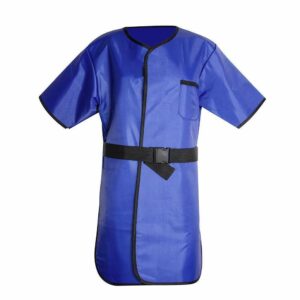
Weight and Comfort Issues
Despite advancements, the weight of lead aprons remains a concern for many users. Prolonged use can cause discomfort and fatigue, particularly for radiology staff who wear them daily. Addressing this issue requires continued innovation in lightweight materials and ergonomic designs.
Environmental Impact
The production and disposal of lead aprons pose environmental challenges due to the toxic nature of lead. Recycling programs and the use of eco-friendly materials can help mitigate these concerns, promoting sustainability in healthcare practices.
Limited Protection Scope
While lead aprons are effective at blocking scatter radiation, they do not provide complete protection against direct exposure. This limitation highlights the need for comprehensive radiation safety measures, including shielding, monitoring, and minimizing exposure time.
Ensuring Longevity: Maintenance and Care for Lead Aprons
Cleaning and Storage
Proper cleaning is essential to maintain the integrity of lead aprons. Mild detergents and non-abrasive cloths should be used to clean them, avoiding harsh chemicals that could damage the material. Storage racks designed for lead aprons can prevent creasing and ensure longevity.
Regular Quality Checks
Periodic inspections should be conducted to identify any defects or wear and tear. Lead aprons with cracks or holes should be replaced immediately to maintain their protective capabilities.
Adhering to Manufacturer Guidelines
Following the manufacturer’s recommendations for usage, care, and replacement ensures that lead aprons remain effective throughout their lifespan. These guidelines provide valuable insights into maximizing the durability and functionality of the aprons.
Conclusion: Prioritizing Safety with Lead Aprons
The definition of a lead apron and its role in radiation protection underline its importance in medical settings. By reducing exposure risks, ensuring compliance with safety standards, and enhancing comfort through innovative designs, lead aprons remain a cornerstone of radiation safety. Addressing challenges like radiology lead apron weight and environmental concerns will further improve their efficacy and sustainability. Adopting best practices for their use, maintenance, and storage ensures that these protective garments continue to safeguard health in the ever-evolving field of medical imaging. Learn more about radiation protection products to stay updated on the latest advancements in safety gear and technology.
